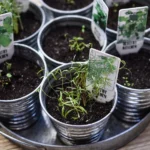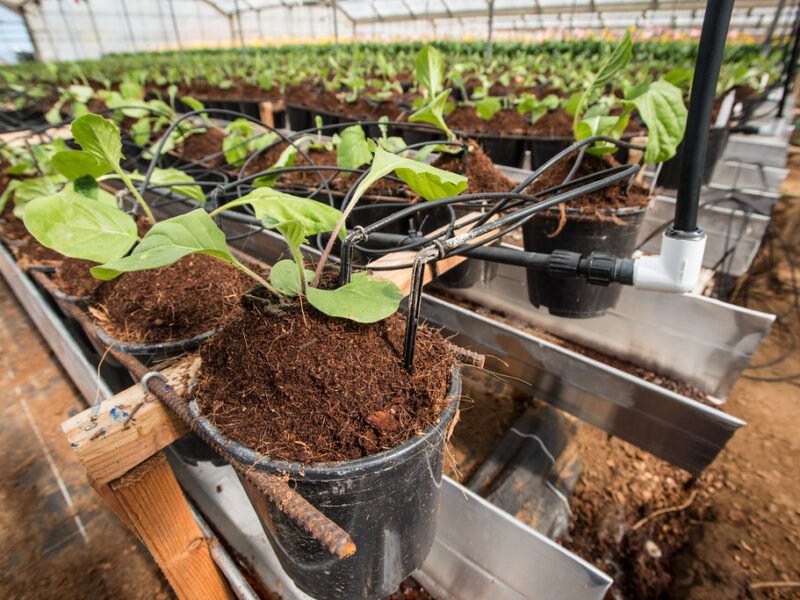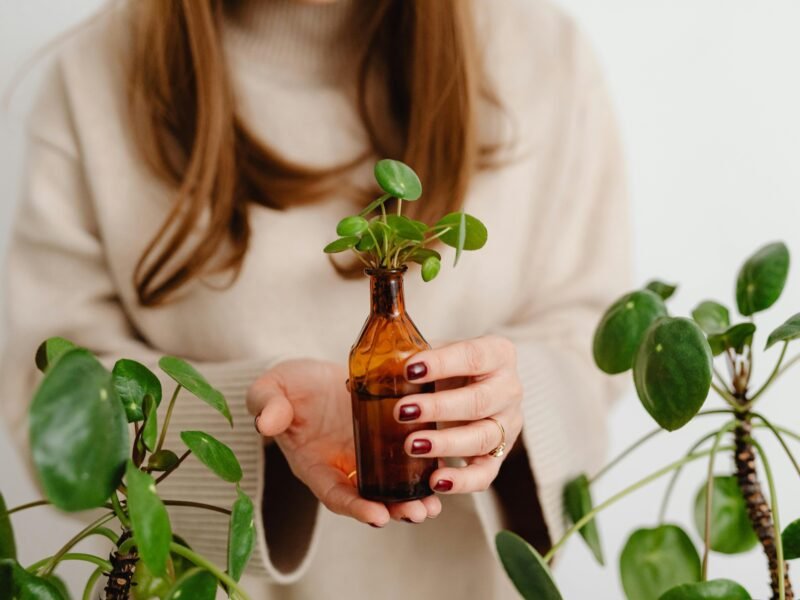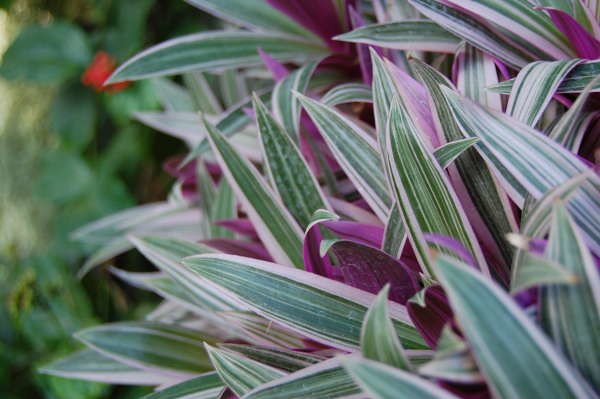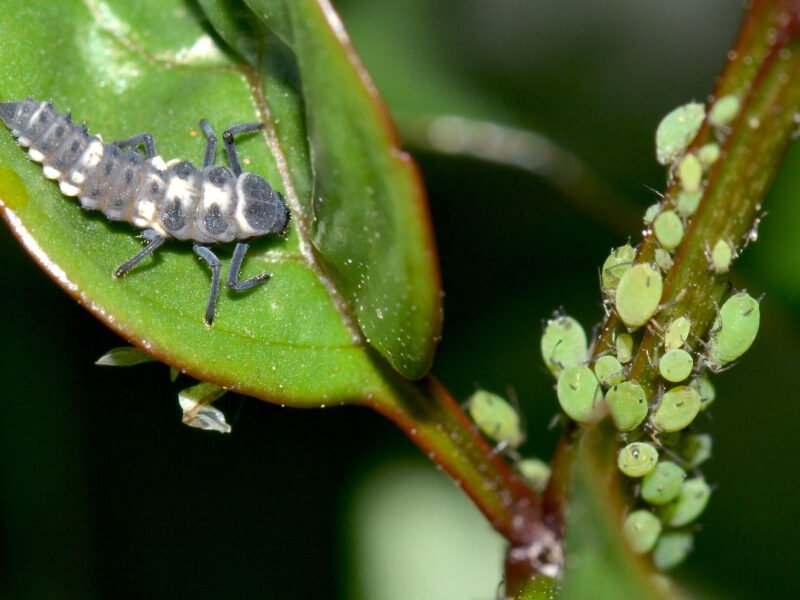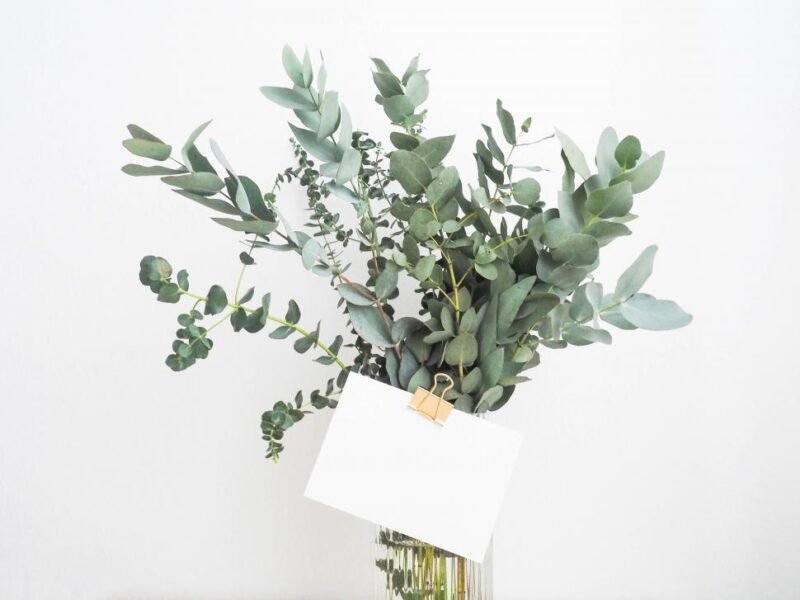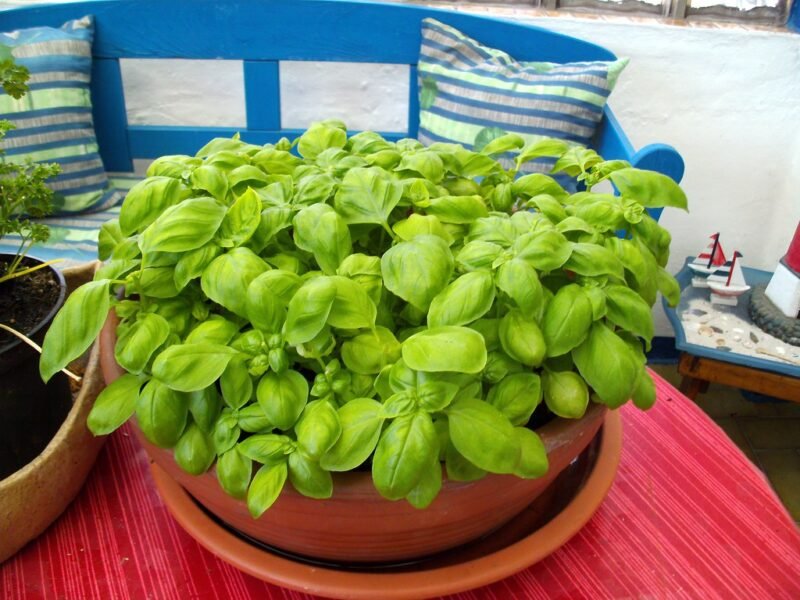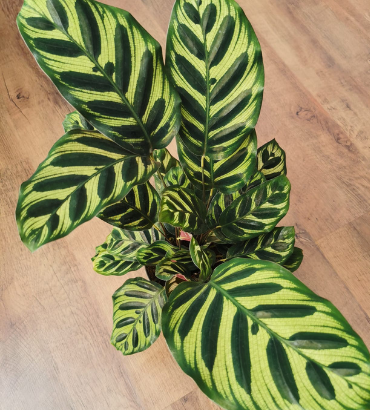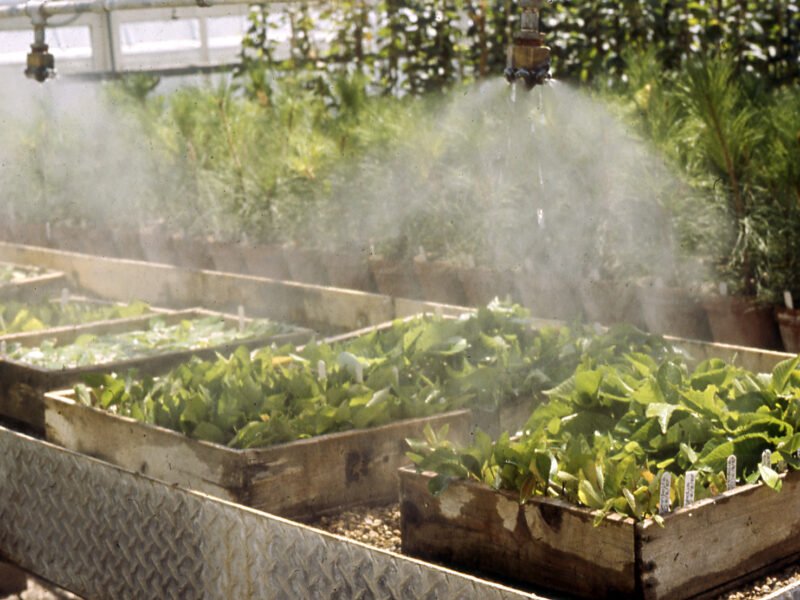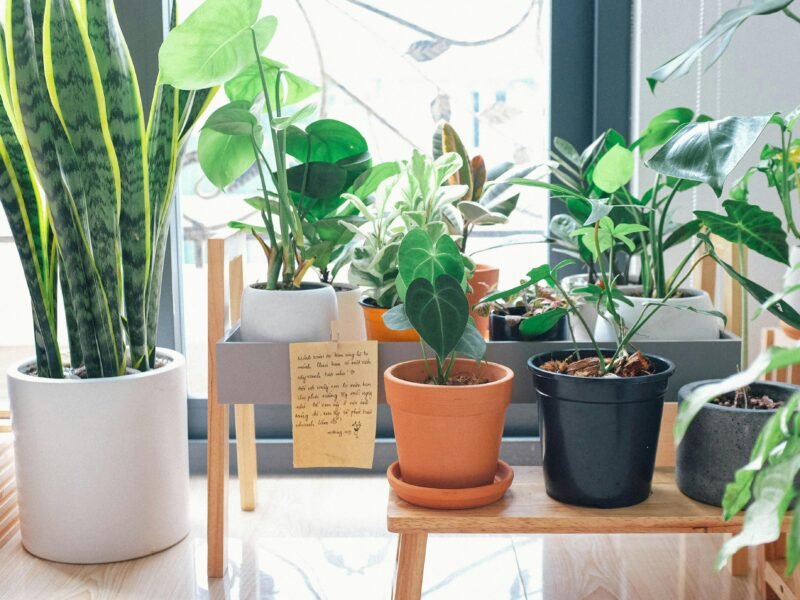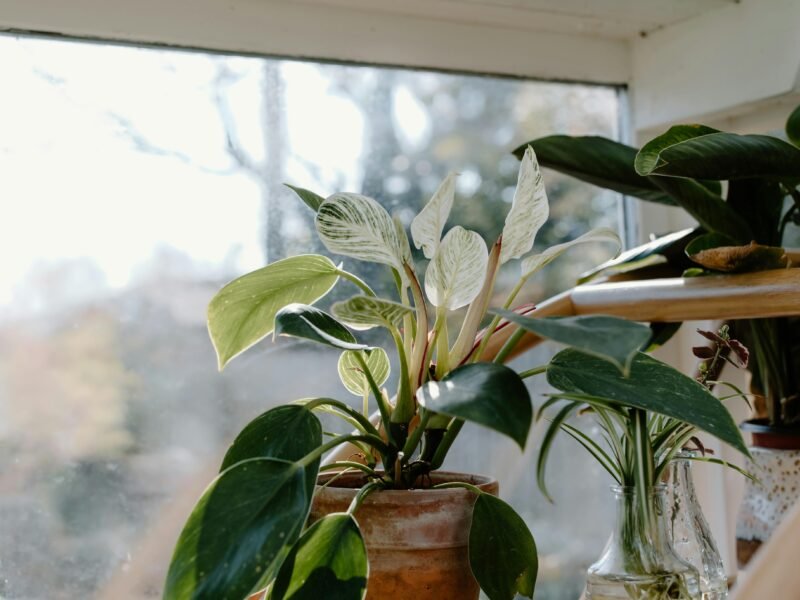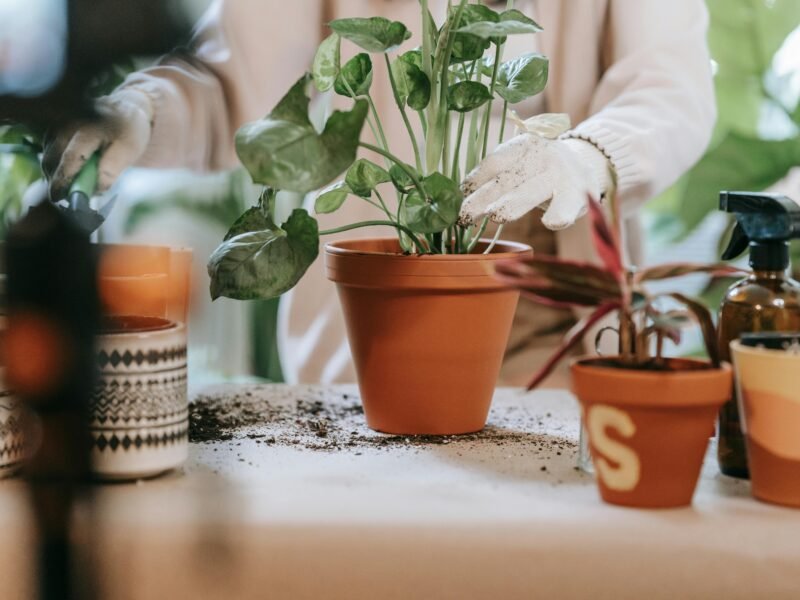Spider Plant Flowers
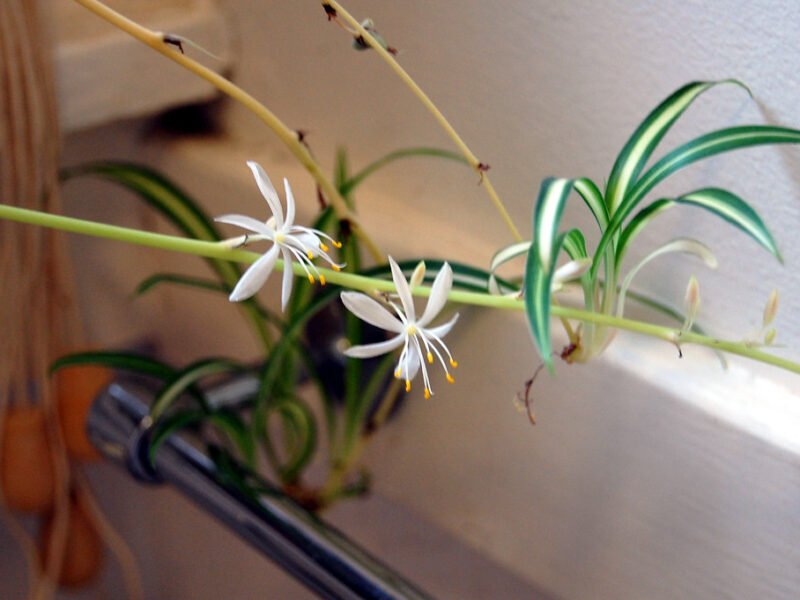
Spider Plant Flowers, Chlorophytum comosum, commonly known as the spider plant. It is one of the most popular houseplants for its appearance and minimal care needs. Because of its long, arching leaves and secret powers to shoot off lots (I mean LOTS) of babies (pups), it’s a plant enthusiast favorite. However, one of the less discussed and intriguing aspects of this plant is its ability to produce flowers, commonly known as spider plant flowers. The essence, care, and identification of spider plant flowers are covered in this post.
Table of Contents
ToggleSpider Plant Flowers Explained
Although spider plants have attractive flowers, their foliage often overshadows them. Similar to vined flowers, these grow on long, wiry stems that rise up and away from the plant’s rosette of leaves. The flowers are small, star-shaped, and usually white to pale green. They form clusters on the tips of these stems, which makes for a beautiful and delicate presentation.
Spider Plant Flowers traits
Characteristics: A spider plant’s flowers are small, starry blossoms with six dainty petals spreading out from the middle point. Every flower is usually around 1/4 inch wide, making them somewhat small but still very pretty.
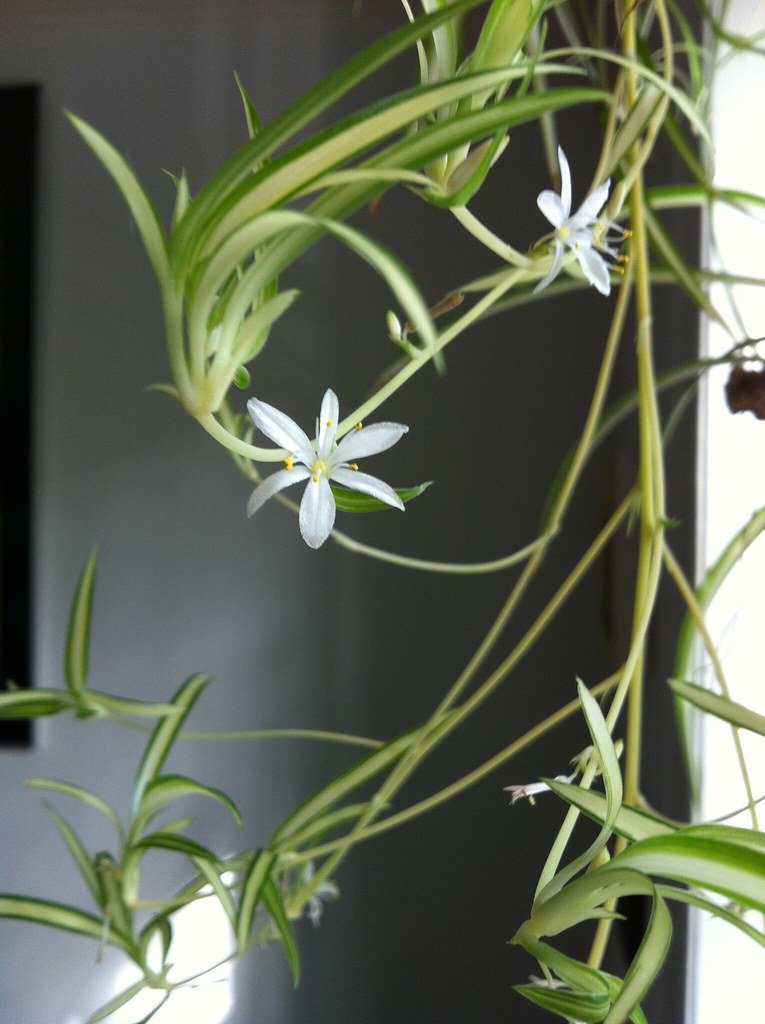
When do spider plant flowers bloom? The spider plant’s flowers typically arrive in late spring or early summer. However, the specific time may differ due to various plant growth events.
If You Get Flowers (or Decide to Pollinate Yourself), The flowers of the spider plant are generally self-pollinating; hence, they do not need another plant for pollination. These characteristics allow them to propagate their offsets and continue to breed freely.
Maturity: Spider plant flowers have a fleeting bloom period. With one plant boasting many of these flowers, you often have blossoms open for just a few days at any time—however, the plants keep popping out to keep the show going.
Inspire the Spider Plant Flower
Although encouraging spider plant flowers can be fun, most people grow this houseplant primarily for its lush foliage and possibly even green offspring in May, not for the spider plant flowers.
How to Get a Spider Plant Flower:
Plenty of Light: Spider plants do best in bright indirect light. Although they can withstand lower light, bright sunlight makes the plants happier and increases their chances of blooming.

Watering: Regularly water spider plants and maintain an even moisture level. Prevent the soil from drying out completely, but also stop watering. Balancing is important to maintain plant health and flowering.
Well-Draining Soil: Spider plants require a potting mix that drains very well. Try a houseplant mix, or mix your own with perlite, sand, and potting soil. You need proper drainage to prevent root rot and foster the growth of your plants.
Keep Up Regular Fertilizer: Use a general-purpose, water-soluble fertilizer to feed your spider plant the nutrients required to help it bloom. Feed the plant every 4–6 weeks while it is growing; reduce feedings during the winter months when growth slows. Read more about fertilizing here.
Prune: If Needed—Trimming the plant regularly helps to create and stimulate new growth. To help channel energy into blooming, remove all dead and dying leaves, as well as the excess mass of offsets.
Why Spider Plant Flowers Are Important
The flowers of the spider plant are small and dainty, but they carry immense botanical and symbolic value.
Botanical Meaning: Spider plant blossoms are an excellent indicator of a happy, healthy spider plant. If it is blooming, this means your plant is content and healthy. It has so much energy that, in addition to growing offsets, it will plant flowers!
Spider Plant Symbolic Meaning: People also use spider plants as a symbol of prosperity and positive energy. Its small, white flowers help the spider plant take on a greater symbolism of growth and rebirth, further solidifying its reputation as an auspicious omen.
Spider Plant Flowers – Common Problems
While spider plants are relatively easy to care for, there are a few issues that can arise during flowering:
No Flowers: If you have a spider with no flowers visible, that may be your problem. Insufficient Light: Improper Watering A lack of nutrients Ensure the plant receives proper care and monitor for any indications of stress or disease.
Fleeting Blossoms (If Any): Spider plant flowers have a limited lifespan. Enjoy them for as many years as possible; keep them in perfect condition and avoid any interruption in flowering.
Pests: Spider plants are occasionally prone to pests like spider mites or aphids, and this can hurt your plant’s overall health as well as its ability to flower. Check your plant now and then for pests; if you do find a pest infestation, immediately treat it.
How to care Spider Plant Flower:
After the blooming cycle ends, spider plants will focus on producing offsets and maintaining good foliage. How should you maintain your plant after flowering?
Deadhead (Cut Dead Head): To maintain a nice appearance and prevent the spread of disease, clip off blossoms that have past their prime with scissors.
Keep the same care: Keep it up with proper watering, fertilization, and light. Regular care helps the plant recover from blooming and promotes new shoots.
Repot if necessary: If your spider plant has grown a lot or looks root-bound, you might want to repot it into a larger container. This extra space allows room for the root to grow and remain robust. Read more about spider plant flowers here.
A Thumbelina Beauty Spider plant flowers may be humble next to the rest of this popular houseplant, but its tiny blossoms have a delicate, otherworldly beauty all their own. Therefore, educate yourself on how to cultivate spider plant flowers and their appearance to enhance your plant care routine and fully appreciate the beauty of this charming little houseplant. Whether you love the elegant spider plant flowers or instead enjoy all that vibrant spider plant foliage and its adorable offsets, surely it will leave a smile on your face as an indoor garden hero.
Most Viewed
Latest Articles










